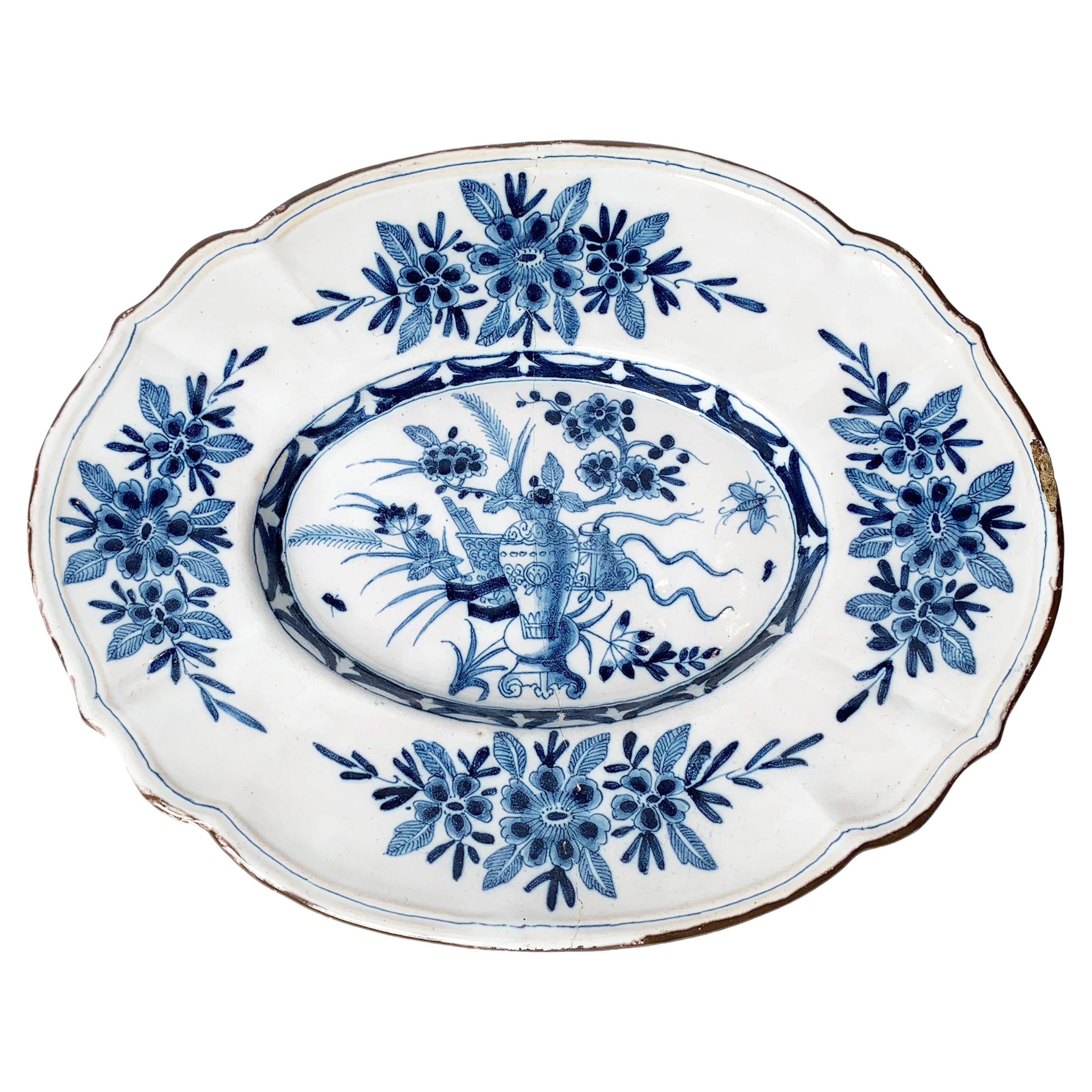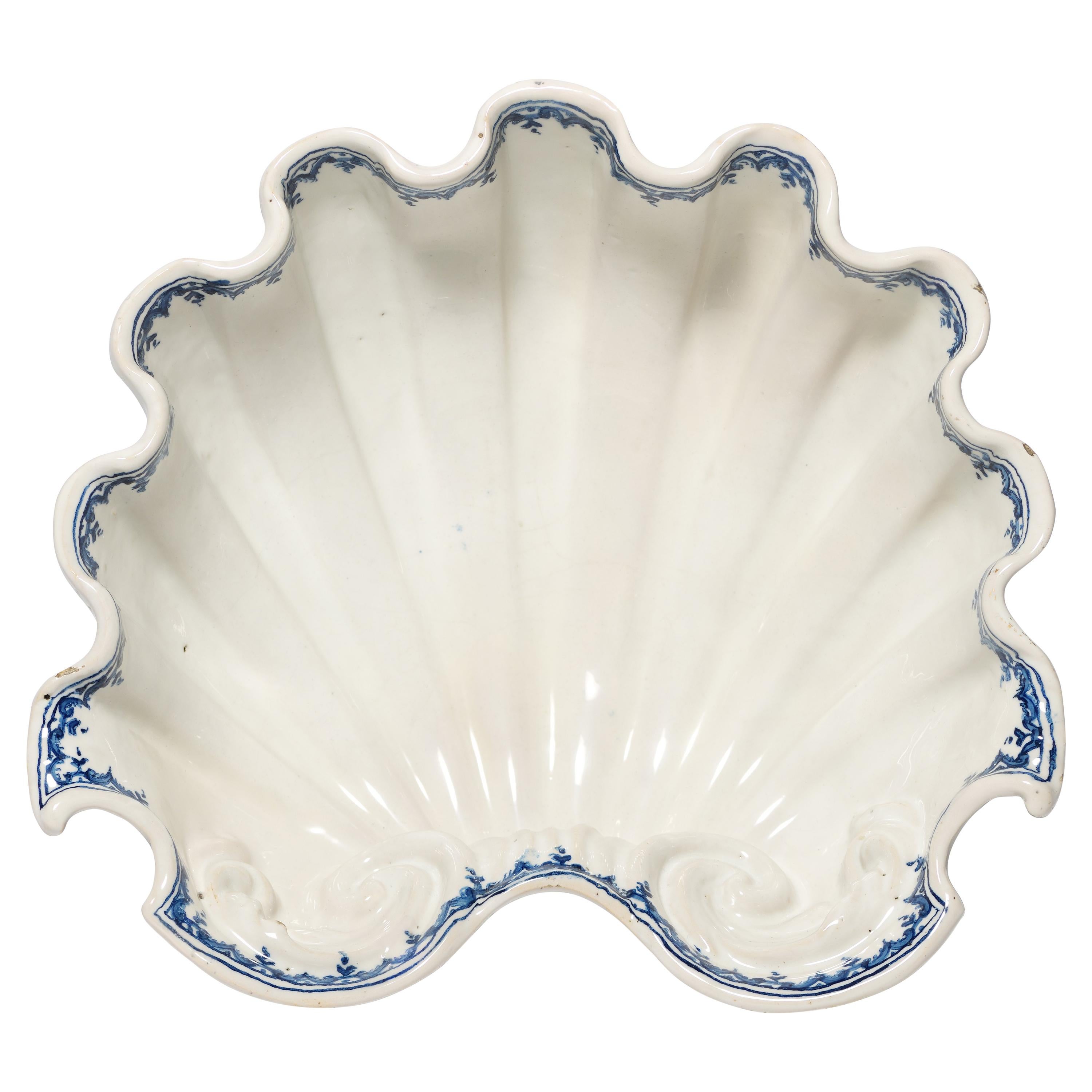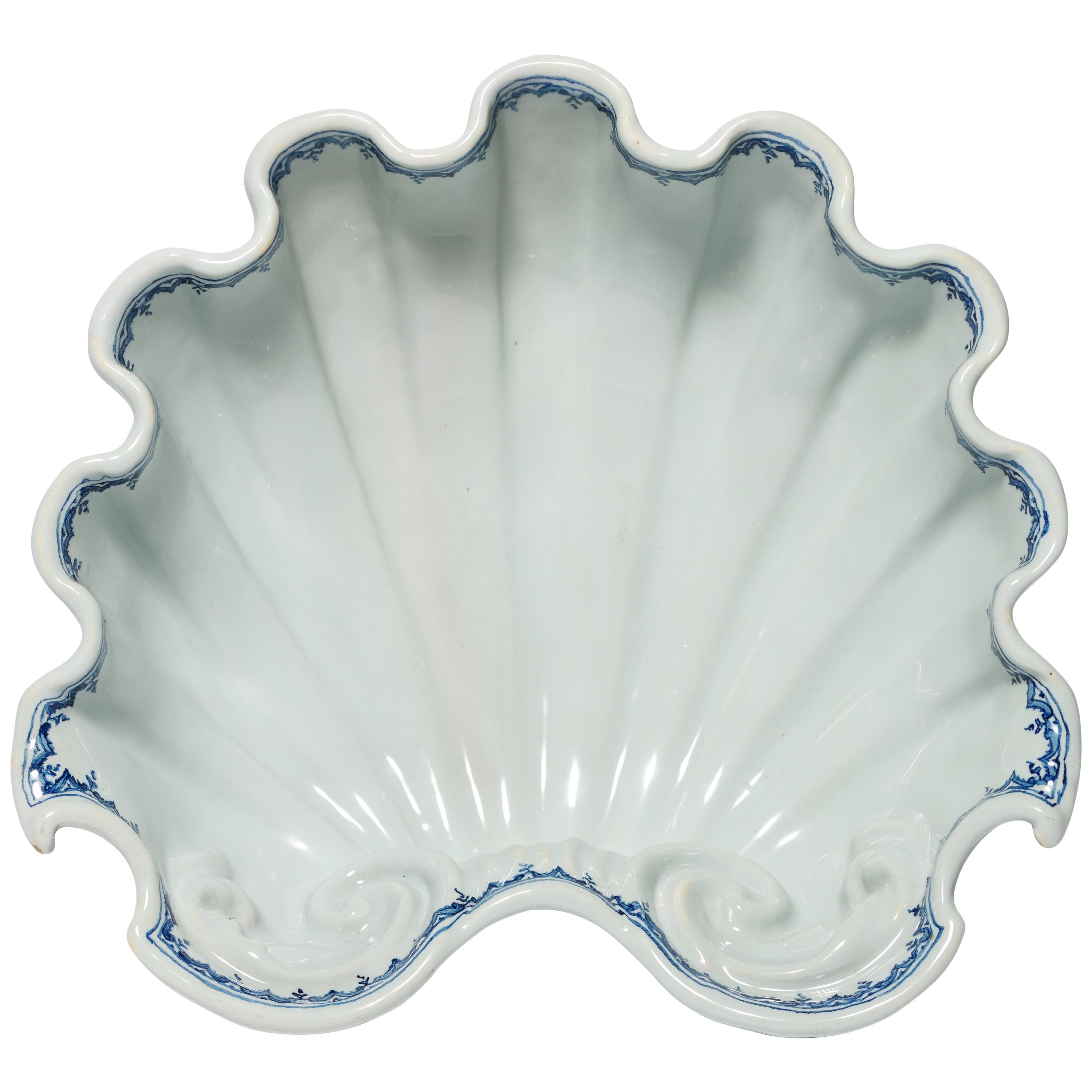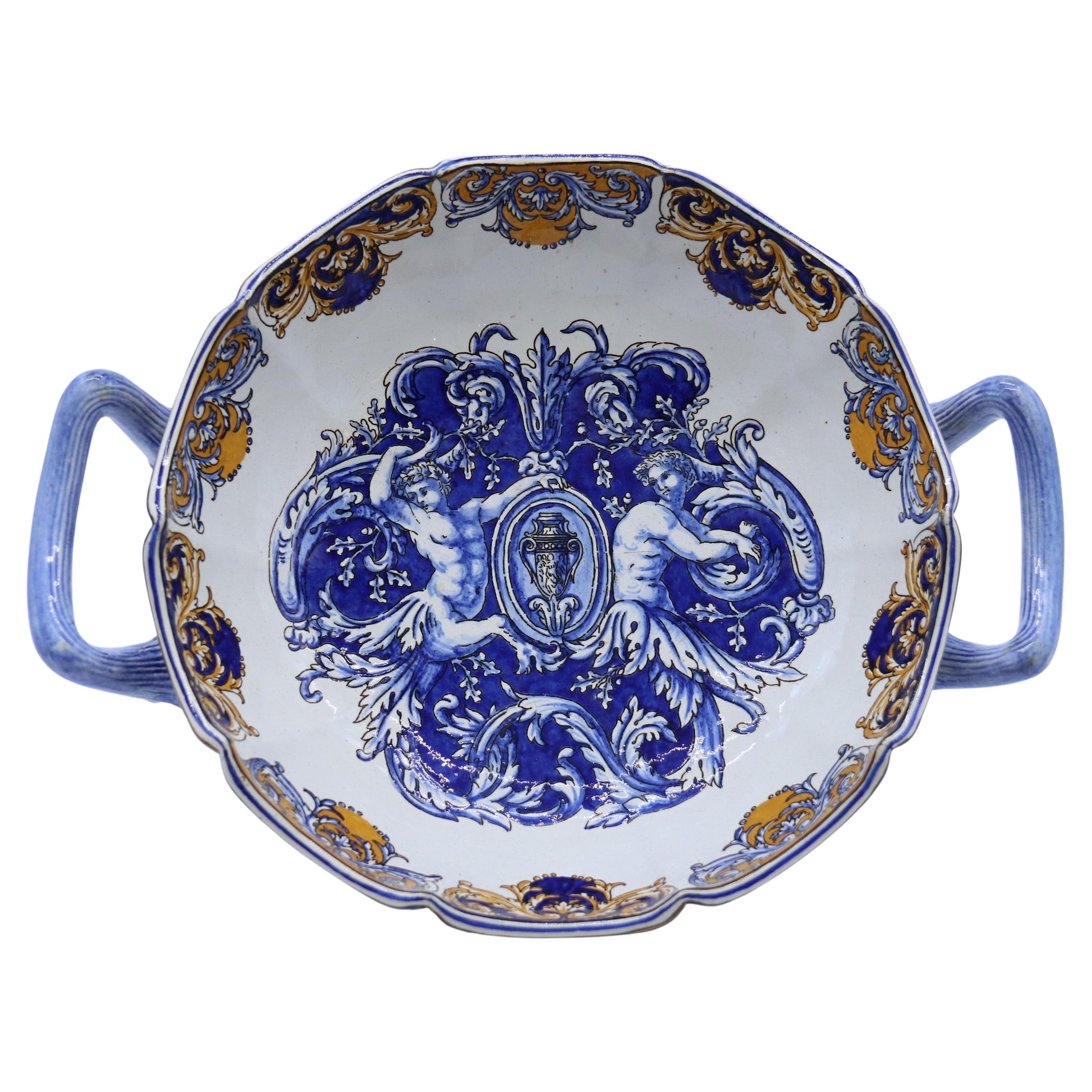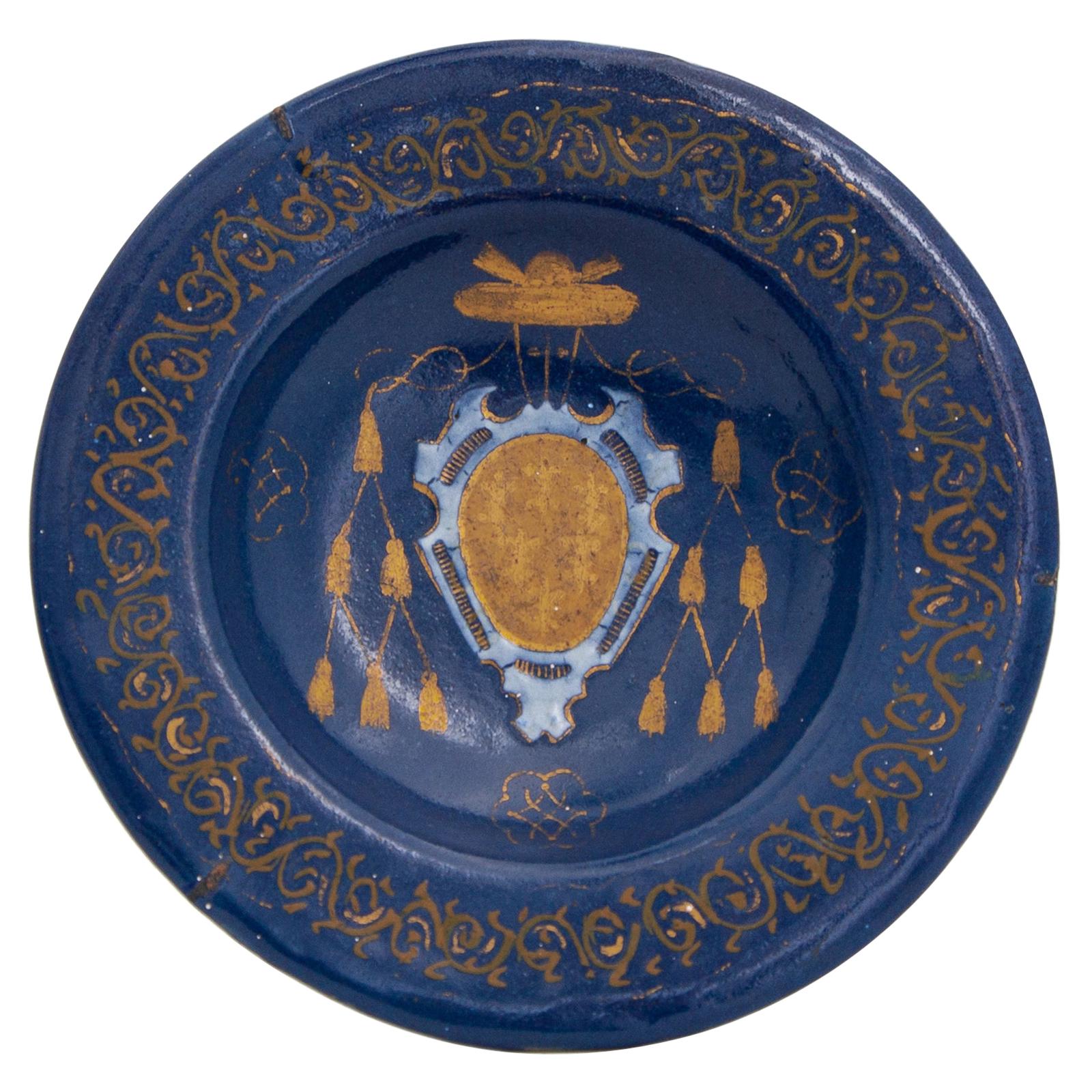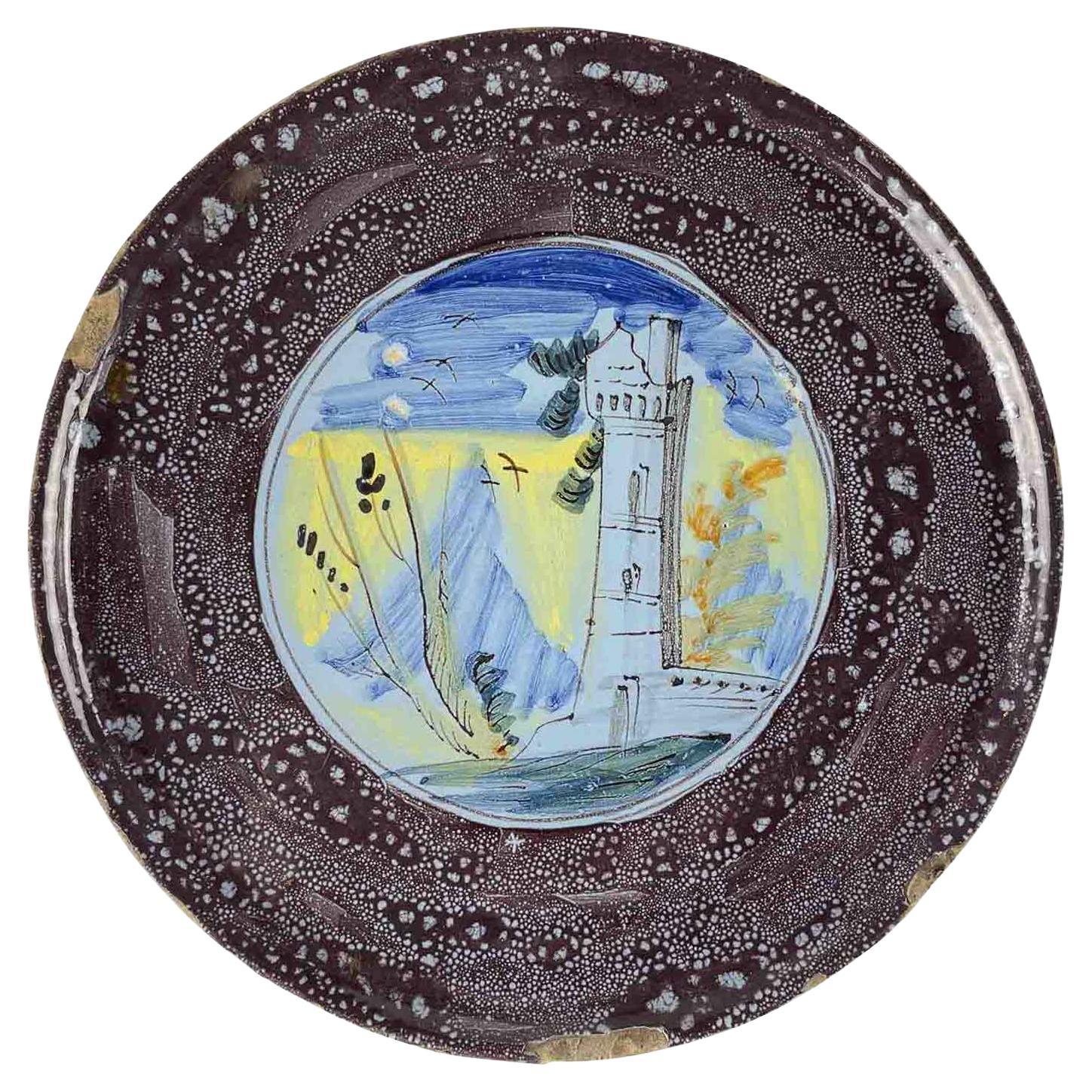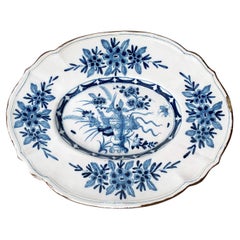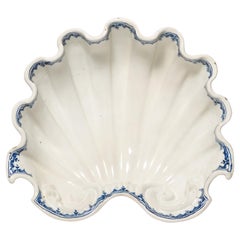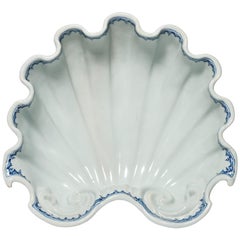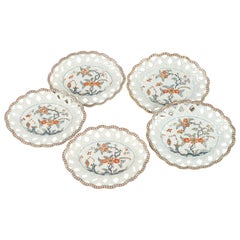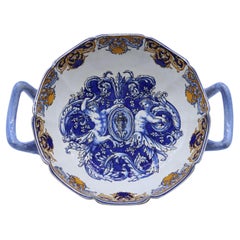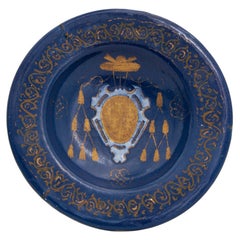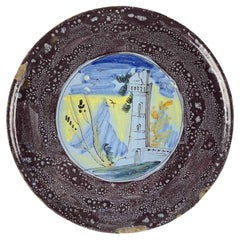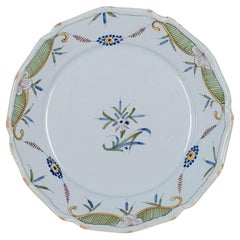Items Similar to 18th Century Italian Maiolica Centerpiece Bassano Venice, circa 1750
Video Loading
Want more images or videos?
Request additional images or videos from the seller
1 of 18
18th Century Italian Maiolica Centerpiece Bassano Venice, circa 1750
$6,991.15
£5,272.61
€6,000
CA$9,665.88
A$10,827.41
CHF 5,686.95
MX$131,657.82
NOK 72,015.31
SEK 68,361.90
DKK 45,675.93
About the Item
Maiolica centerpiece
Pasquale Antonibon factory
Nove di Bassano, Venice, 1740-1770.
Measures: 1.85 in x 19.21 in x 15.27 in
4.7 cm X 48.8 cm X 38.8 cm.
lb 5.29 (kg 2.4)
State of conservation: thin passing fêlure with covered chipping and a glued foot
The Antonibon were an important family of Venetian ceramic makers from the late seventeenth to the second half of the eighteenth centuries. They produced some of the most renowned Italian Maiolica of the time.
The object is part of the production from the period under the management of Pasquale Antonibon, who between 1750 and 1760 brought the manufacture to its maximum height of grandeur thanks to its first refined experiments with porcelain.
The centerpiece in question is Maiolica, with a four-lobed shape resting on eight onion-shaped feet. For specimens of similar form, see Ericani G., Marini P., Stringa N., La ceramica degli Antonibon, Milano 1999, p. 71, n. 54, with different decoration.
The decoration, which is concentrated in the center of the top, made of blue monochromy, shows a bunch of naturalistic flowers among which anemones and tulips are joined by sinuous stems. The meticulous attention to detail and the delicacy in the execution brings this work closer to the highest quality products coming out of the 18th century Venetian manufacture under Pasquale Antonibon. In particular, technical-stylistic affinities are found with the magnificent under-window plate signed "Nove" and dated "1751" which is one of the fundamental documented examples of this production of manufacture, now at the "Giuseppe Roi" Ceramics Museum in Bassano del Grappa.
- Creator:Pasquale Antonibon (Manufacturer)
- Dimensions:Height: 1.86 in (4.7 cm)Width: 19.22 in (48.8 cm)Depth: 15.28 in (38.8 cm)
- Style:Baroque (Of the Period)
- Materials and Techniques:Maiolica,Other
- Place of Origin:
- Period:1750-1759
- Date of Manufacture:circa 1750
- Condition:Repaired: Thin passing fêlure with covered chipping and a glued foot. Wear consistent with age and use. Thin passing fêlure with covered chipping and a glued foot.
- Seller Location:Milano, IT
- Reference Number:1stDibs: LU4352214038002
About the Seller
4.3
Vetted Professional Seller
Every seller passes strict standards for authenticity and reliability
Established in 1860
1stDibs seller since 2018
21 sales on 1stDibs
Associations
International Confederation of Art and Antique Dealers' Associations
- ShippingRetrieving quote...Shipping from: Milano, Italy
- Return Policy
Authenticity Guarantee
In the unlikely event there’s an issue with an item’s authenticity, contact us within 1 year for a full refund. DetailsMoney-Back Guarantee
If your item is not as described, is damaged in transit, or does not arrive, contact us within 7 days for a full refund. Details24-Hour Cancellation
You have a 24-hour grace period in which to reconsider your purchase, with no questions asked.Vetted Professional Sellers
Our world-class sellers must adhere to strict standards for service and quality, maintaining the integrity of our listings.Price-Match Guarantee
If you find that a seller listed the same item for a lower price elsewhere, we’ll match it.Trusted Global Delivery
Our best-in-class carrier network provides specialized shipping options worldwide, including custom delivery.More From This Seller
View AllMaiolica Oval Tray, Felice Clerici Manufactory, Milan, Circa 1770-1780
By Felice Clerici
Located in Milano, IT
Small oval tray
Felice Clerici Manufactory 1745-1780
Milan, Circa 1770-1780
Maiolica polychrome.
Dimensions: 10.82 x 8.66 in (27.5 x 22 cm); weight 0.4...
Category
Antique 1770s Italian Rococo Ceramics
Materials
Maiolica
Ancient Italian Maiolica Faenza, Ferniani Factory, Circa 1700
By Ferniani Factory
Located in Milano, IT
Centerpiece white maiolica shell
Ferniani factory, early period: 1693-1776
Faenza, circa 1700
Measures: 5.6 in x 14.72 in x 13.46 in (14.3 cm x 37.4...
Category
Antique Early 1700s Italian Baroque Ceramics
Materials
Maiolica
Ancient Italian Maiolica Faenza, Ferniani Factory, Circa 1700
By Ferniani Factory
Located in Milano, IT
Centerpiece light blue maiolica shell
Ferniani factory, early period: 1693-1776
Faenza, 1700 circa
5.5 in x 14.72 in x 13.77 in (14 cm x 37.4 cm X cm 35)
lb 4.40 (kg 2)
State of con...
Category
Antique Early 1700s Italian Baroque Ceramics
Materials
Maiolica
Ancient Maiolica Plates Pasquale Rubati, Milan Circa 1770-1780
By Pasquale Rubati
Located in Milano, IT
Five oval maiolica dishes with pierced edge
Manufacture of Pasquale Rubati
Milan, 1770-1780
Three small oval dishes 10.23 in x 7.67 in (26 cm x 19.5 cm)
Two large oval dishes 10.82 in x 8.85 in (27.5 x 22.5 cm)
lb 3.5 (kg 1.8)
State of conservation: intact
The five dishes of different sizes have an oval shape, a mixtilinear edge and a molded polylobed shape with a surface enriched with a relief weave motif extending to the brim and forming a perforated basket...
Category
Antique 1770s Italian Rococo Ceramics
Materials
Maiolica
Ancient Italian Renaissance Maiolica Crespina, Faenza, 1580 Circa
Located in Milano, IT
Crespina
Faenza, last quarter of the 16th century
Maiolica painted in two colors, light blue and yellow, on a thick, rich layer of white enamel.
It measures 2.24 in (5.7 cm) in height, 6.10 in (15.5 cm) in diameter.
lb 0.55 (kg 0.25)
State of conservation: mimetic restoration.
The small cup has a raised central “umbone”, a perforated brim and a shaped rim. It rests on a high jutting foot. The "crespina" shape, in some inventories is cited as "tacce de frute" (fruit cups). It was particularly appreciated in the Renaissance and has variants based on the formal types and the different sizes. The decoration, made according to the dictates of the “compendiario” style, used few standardized colors: blue and yellow on a thick white and shiny enamel, deliberately chosen as the colour which was most reminiscent of silver. This choice derived from a trend in creative design of the era: the shapes used in the molds were often taken from metal objects. An idea which would last throughout the Renaissance.
The work shows, in the middle of the “umbone”, a winged putto stepping forward while playing a long thin trumpet.
The depiction of the putto is fully representative of the repertoire of the Faenza workshops of the sixteenth century.
Some specimens with this type of decoration have been published in a volume by Carmen Ravanelli Guidotti: there appears the whole productive repertoire of this fundamental moment of transition between the taste for the “istoriato” style and the great simplification of decoration in the “compendiario” period. This style, in its simplicity, however, saw its expression in a rather varied collection of decorative subjects, including old-fashioned busts...
Category
Antique 16th Century Italian Renaissance Ceramics
Materials
Maiolica
Rococo Italian Maiolica Flower Pot Pasquale Rubati, Milano, 1770 circa
By Pasquale Rubati
Located in Milano, IT
Maiolica flower pot “a mezzaluna” with support feet
decorated with little bunches of flowers
Pasquale Rubati Factory
Milan, circa 1770
5.5 in X ...
Category
Antique 1770s Italian Rococo Ceramics
Materials
Maiolica
You May Also Like
A French 19th century hand painted majolica dish from the Gien factory C 1875
Located in Central England, GB
This most impressive large twin handled table centrepiece is stunning in its fine hand painted detail. It was made in France at the Gien Faience Pottery Works and bears the early fac...
Category
Antique Late 19th Century French Napoleon III Pottery
Materials
Majolica
16th Century Castelli Italian Maiolica Farnese alla turchina Dish
By Castelli
Located in Fort Lauderdale, FL
An extraordinary azure maiolica dish in the Farnese service, made by Castelli d'Abuzzo between 1580 and 1589.
In the peak of the High Renaissance, Cardinal Alessandro Farnese commissioned a dinner service from the Castelli maiolica...
Category
Antique 16th Century Italian Renaissance Decorative Art
Materials
Maiolica
18th Century Italian Berrettino Majolica Faience Riser
Located in Milano, MI
An Italian maiolica berrettino-ground riser from 18th century, central Italy, probably Faenza origin. In the central part of the riser a ruined tower is painted within a mountain lan...
Category
Antique Mid-18th Century Italian Rococo Decorative Dishes and Vide-Poche
Materials
Maiolica
18th Century French Faience Plate
Located in Winter Park, FL
An 18th century French faience plate with primitive hand painted decoration. Minor chips and glaze losses on edges of scalloped rim. No hairline cracks or restorations noted. Circa 1...
Category
Antique Late 18th Century French Provincial Delft and Faience
Materials
Faience
French faience plate, c. 1800's
Located in Kenilworth, IL
French faience plate with a floral design around a central bright yellow circle.
France, early 1800’s.
Category
Antique 19th Century French Decorative Dishes and Vide-Poche
Materials
Ceramic
Large 19th Century French Painted Faience Porquier Beau Quimper Serving Platter
By Grande Maison HB Quimper
Located in Dallas, TX
Enhance a shelf, dining table, or kitchen island with this important antique Quimper blue and white Porquier Beau platter. Crafted in France circa 1895...
Category
Antique Late 19th Century French Delft and Faience
Materials
Faience
More Ways To Browse
Italian Silver 18th Century
18th Century Italian Porcelain
Glass Tulip Flowers
Italian Maiolica
Antique Italian Porcelain Flowers
Venetian Porcelain
Grappa Glass
Bassano Plates
Venice Maiolica
Antique Ironstone China
Antique Majolica Plate
Antique Soviet
Silver Bowl Spain
English Ironstone
Terracotta Plates
Mason Ironstone 19th Century
Ceramic Vegetables
Minton Majolica
